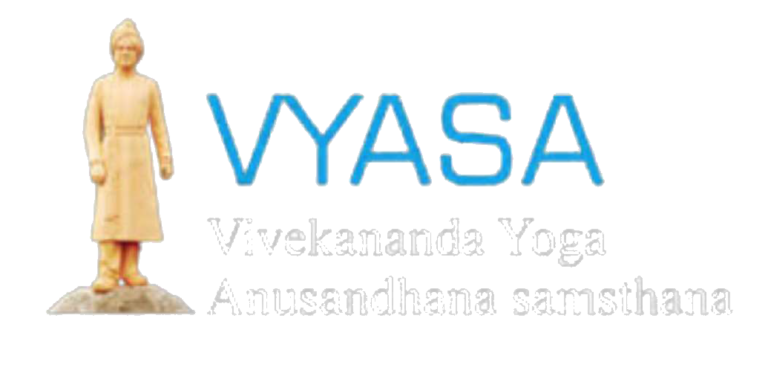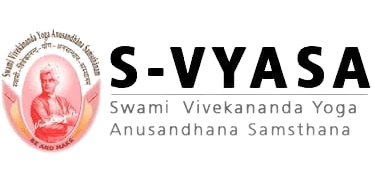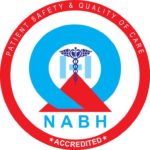Patra pinda sweda
Patra pinda sweda Treatments Patra pinda sweda is a form of Swedana. Swedana basically is the procedure where heat is applied over the body and sweat is induced. It can be in the form of steam or bringing the body in contact with heated herbs or medicines. This procedure is mainly treated for Vata and Pittaja vikaras. Patra means leaves, Pinda refers to a bolus, Sweda refers to the Swedana therapy(Sweating). Procedure Patient is checked for vitals and should have voided the urges. All the required medicinal herbs, medicated oils and necessary tools are kept ready. Abhyanga is done to the body prior to Swedana. Now medicinal leaves are collected and heated in medicated oil to a temperature the patient can tolerate. It is all together tied in a bolus and is later dipped in oil and heated constantly. The bolus is now used to rub continuously over the site of pain. The Swedana is done till the patient experiences: “ Sheetha shola vyooparame stambha gaurava nigrhae “ “ Sanjate maardave cha eva swedanath viratirmatha” (S.chi.14)The person should feel the pacification of cold and pain, reduction of the stiffness, reduction in the heaviness, smoothness, sweating at the site where Swedana was administered. After the therapy the patient can be advised to take bath. This procedure can be done for 7-14days depending on the severity of the disease. Indications Osteoarthritis Rheumatoid arthritis Sciatica Lumbar spondylosis Myalgia Cervical spondylosis Ankylosing spondylitis Benefits Relief from pain(myalgia) Stimulates nerves Increases blood circulation Strengthens the respective muscles, joints, and tissues. Mental relaxation Precautions Check for the temperature before administering the therapy. It should be done only if the person is in Nirama avastha. It should not be done for a longer duration in the same site as it can lead to burning of the skin. Excess pressure should not be applied during the procedure. Direction of the massage should always be Anuloma gathi. Contraindications Ajeerna Diabetes mellitus Open wound/injury Fever Hypertension Inflammation Article By : Ms. Architha J





